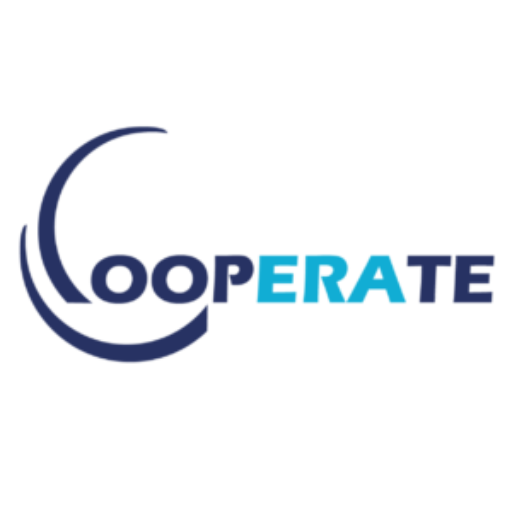Self Assessment Tool & ERA Hub Platform
About the Self-Assessment Tool
The COOPERATE Self-Assessment Tool is an online resource designed to help Research & Innovation (R&I) ecosystems assess their current level of maturity and lay the foundation for development into an ERA Hub. It supports ecosystems in reflecting on where they stand and where they want to go.
The Tool is build around the seven lines of action that are essential for a thriving and future-proof ecosystem, Research, Talent, Knowledge Transfer, Funding, Collaboration, Governance and Innovation.
By guiding users through a series of structured questions and thematic areas, the tool provides insights into how well the ecosystem is functioning, how it collaborates with stakeholders, and how aligned it is with the broader ambitions of the European Research Area (ERA). The outcome is not just a maturity score – it’s a starting point for meaningful dialogue, targeted actions and long-term growth. The tool is especially useful for ecosystem coordinators, knowledge transfer professionals and innovation intermediaries seeking to better understand their ecosystem’s position and potential.
Whether you’re just starting to build your ecosytem or looking to take it to the next level, the Self-Assessment Tool offers valuable guidance to steer your journey toward becoming an ERA Hub.
Self-Assessment Questionnaire
This self-assessment questionnaire tool is meant to assess the maturity level of R&I ecosystems. It is structured along the seven lines of action identified within the COOPERATE project. The lines of action are: L1.Research, L2.Talent, L3.Knowledge transfer, L4.Funding, L5.Collaboration, L6.Governance, L7.Innovation.
Results
By taking the self-assessment, applicants will be able to assess the maturity level of their R&I ecosystem overall or by single line of action. Based on the level reached, the “RESULTS PAGE” will automatically provide the final results, as a radar scheme (See example below).

The scoring system reflects the following rationale:
Single line of action (0-5)

Overall ecosystem (0-35)

The self-assessment can be taken multiple times, so that the maturity level of the ecosystem can be assessed at different moments in time. The progress of the ecosystem over time is the main output to be achieved.
Process
The self-assessment questionnaire goes beyond facts or indicators available in public repositories. It aims to collect more in-depth information that often requires a qualitative assessment. For this reason, the self-assessment process will be an interactive, co-creative process, based on discussion between different actors in the ecosystem. The idea is that a group of (for instance 4 or 5) actors, core to the ecosystem, sit together and each bring their own view on the situation and discuss the underlying reasons or patterns for each topic. By discussing the questions and trying to get to a consensual answer for each of them, the actors will be able to provide a more balanced answer to the question on the situation as is but also come to a profound joint understanding of the strengths of the ecosystem and its gaps. The self-assessment tool will provide a realistic view on the current maturity level of the ecosystem and will help to create a better understanding of the needs and possible actions to further strengthen it.
Practical Guidelines
– Access is (only) provided to the contact person, who is responsible for filling out the questionnaire after discussion with the core group of actors. The questionnaire can be downloaded from the website as PDF to circulate beforehand.
– All questions in the tool should be filled out by selecting one answer option per question.
– Additional explanations are provided in a paragraph below the questions, where relevant.
– The answers and results can be saved as PDF after filling out the questionnaire.
Toolbox
The COOPERATE Toolbox brings together a collection of practical instruments designed to support ecosystem development across the project’s seven Lines of Action. Each tool provides a concise description along with insights into its value, expected outcomes, prerequisites and implementation approach. This catalogue of tools serves as a hands-on resource for regions and stakeholders aiming to strengthen collaboration, innovation capacities and ecosystem maturity within and beyond the COOPERATE network.
